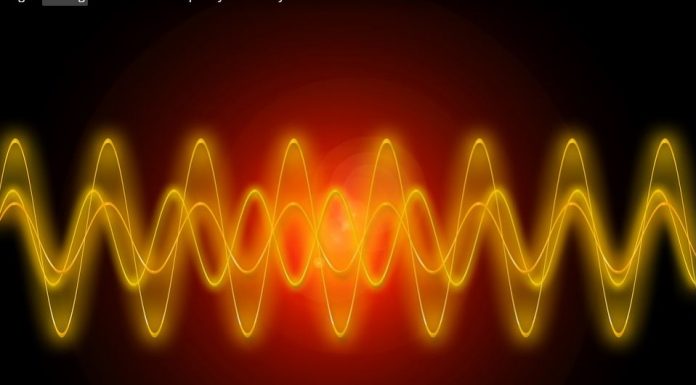Gone are the days when deep meditation and a higher level of awareness was the domain of a disciplined few monks, yoga experts, and so on.
These days, with the discovery and study of brainwaves, enough advancements have been made to simplify what use to be mystified.
The brainwave entrainment theory, which is a product of such advances, teaches us that with the use of certain sounds, we can entrain our brain activity to operate at certain frequencies and hence achieve a desired level of awareness.
Brainwaves are actually commonly classified into four groups, listed from the highest frequency to the lowest: beta waves, alpha waves, theta waves, and delta waves. Beta waves are the highest and delta waves the lowest.
Beta waves have a frequency in the range of 14 to 30 hertz and are predominant in our normal and waking consciousness. Alpha waves having a frequency in the range of 9 to 13 Hz and are associated with our relaxed state, which occurs when we are not really not thinking about anything in particular.
Daydreaming and a light form of meditation are known to occur in the alpha state. Theta waves have a frequency of 4 to 8 hertz and are predominant in states of deep relaxation and meditation.
And Delta waves are the slowest. They have a frequency in the range of 1 to 3 hertz. They are predominant in periods of deep sleep and unconsciousness.
Since the frequency of brainwaves usually varies according to the state we are in, the brain wave entrainment theory proposes the use of certain beats and sounds in certain frequencies–usually embedded in music that our brains follow; hence leading our brains into the desired state.
This explains the reason why some types of music have certain effects on the brain. But it is worthy of note that brain wave entrainment doesn’t just use music. In fact, most use what’s called raw “binaural beats,” which are embedded in white noise or in sounds of nature.
The thing about Binaural beats is that they use sound with different phases for different ears. They also need the use of both ears for effective results, so a headphone is usually used.
But studies have shown that the use of isochronic tomes is now more effective than binaural beats.
Isochronic tones are created by evenly spaced bursts of tones and do not require the use of headphones. But for effective results, both tones must be of similar amplitude and be at a suitable volume.
Whether it is binaural beats or isochronic tones that you want to use for brain entrainment, you can get special CDs of both sounds on the internet. But brain entrainment is not just about sounds; light is sometimes used and so is photic stimulation.
When using photic stimulation, a goggle with LEDs is normally employed. The LED flashes in specific frequency like strobe lights. New technologies are being developed that use both sound and light in brain entrainment.
The combination of both has been observed to produce better results in brain entrainment. This is called AVE (audio-video entrainment).
Brain entrainment has really been proven to have amazing results; and if you want to try it, you can find a lot of Brain Entrainment products on the Internet.

